Posted by: Kalorintschi
What medical benefits does the Space Origami Mission have?
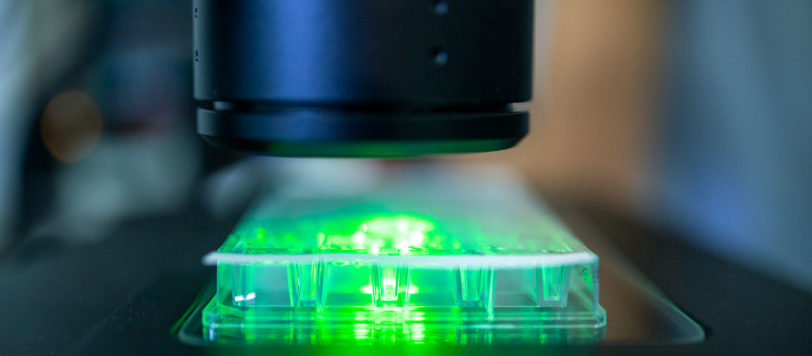
The Space Origami Mission is determined to take the next step in smart drug design.
An important goal of DNA nanotechnology is the construction of periodic arrays in 3 dimensions: the construction of 3D DNA origami crystals.
These crystals would have great potential for applications such as the use as nanoelectronic components and for the structural elucidation of biomolecules. Crystal lattices made of DNA origami structures can make a major contribution to the development of new drugs.
The determination of the exact atomic structure of a drug target (for example a defective protein that has to be inhibited) is essential in order to develop a specific drug against this target.
The atomic structure of a protein can be determined by X-ray crystallography, which requires the creation of a protein crystal. This process can take many years and is very costly. Furthermore many biomolecules are too flexible and fragile to be crystallized.
By embedding the drug target in a 3D DNA Origami crystal lattice, the structural analysis process can be accelerated considerably or be made possible in the first place.
Our goal is to use self-organizing DNA grids (crystals) as platforms to position biological macromolecules and to elucidate their structure with X-ray crystallography.
This application however requires the successful cultivation of macroscopic 3D DNA Origami crystals.
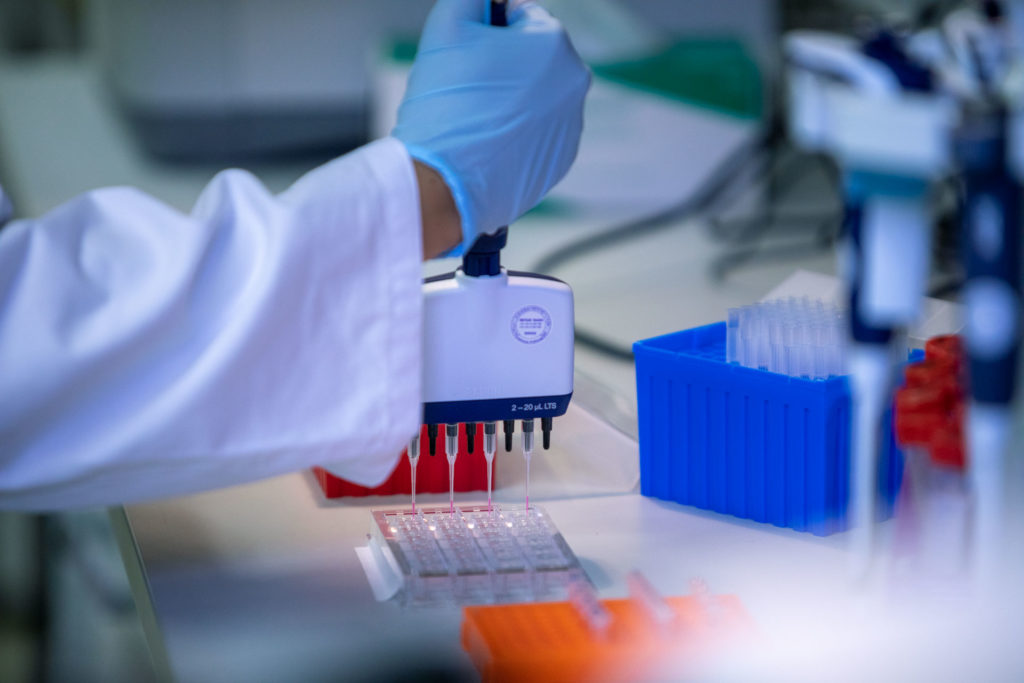
To achieve this goal, we want to use the optimal crystallization conditions offered by the International Space Station!
The microgravity prevailing there offers optimal conditions for crystal growth, since convection and sedimentation effects are negligibly low. Thus, a regular and pure crystal can be grown.
Your Space Origami Crew


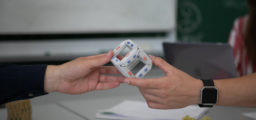
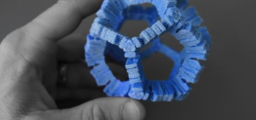

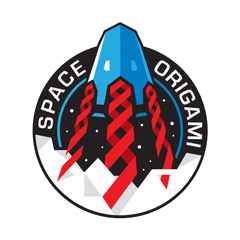
Comments are closed.